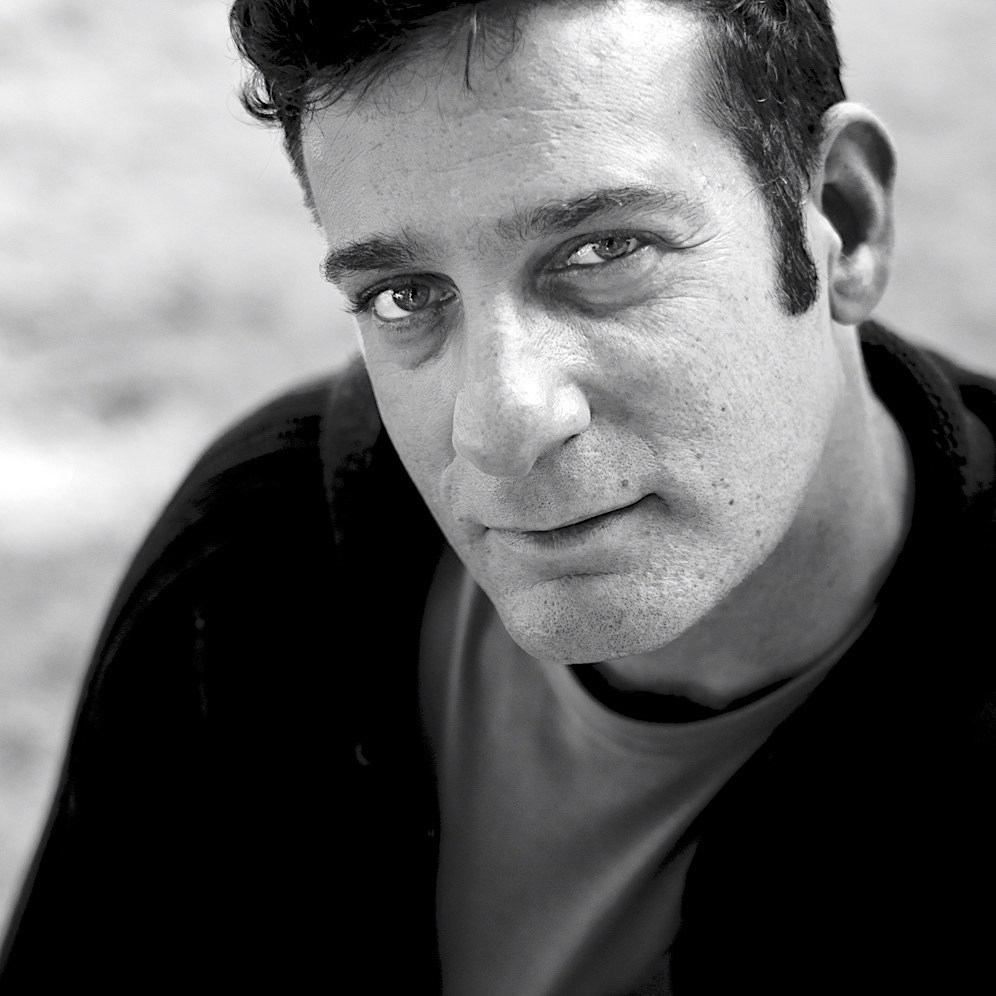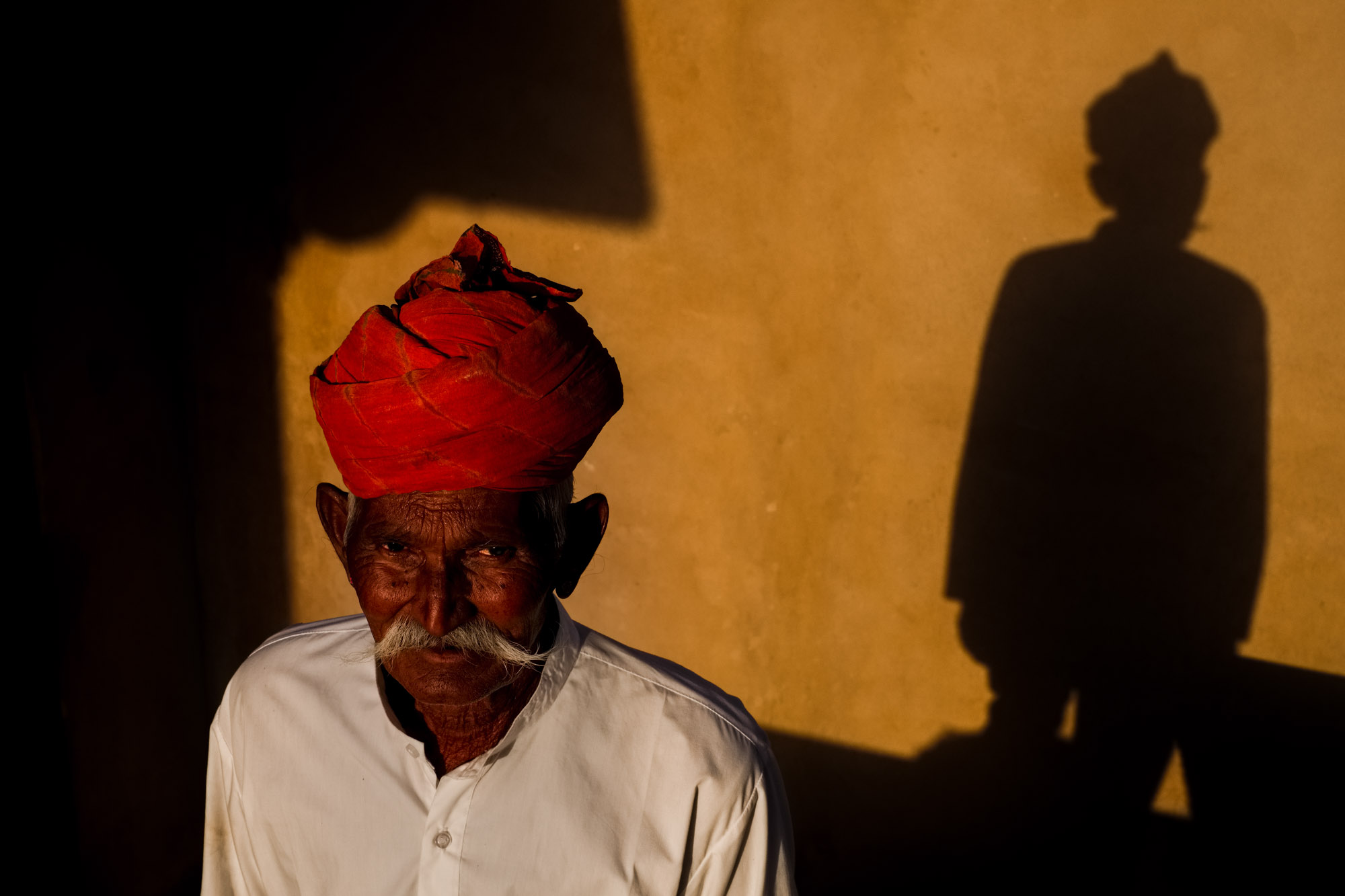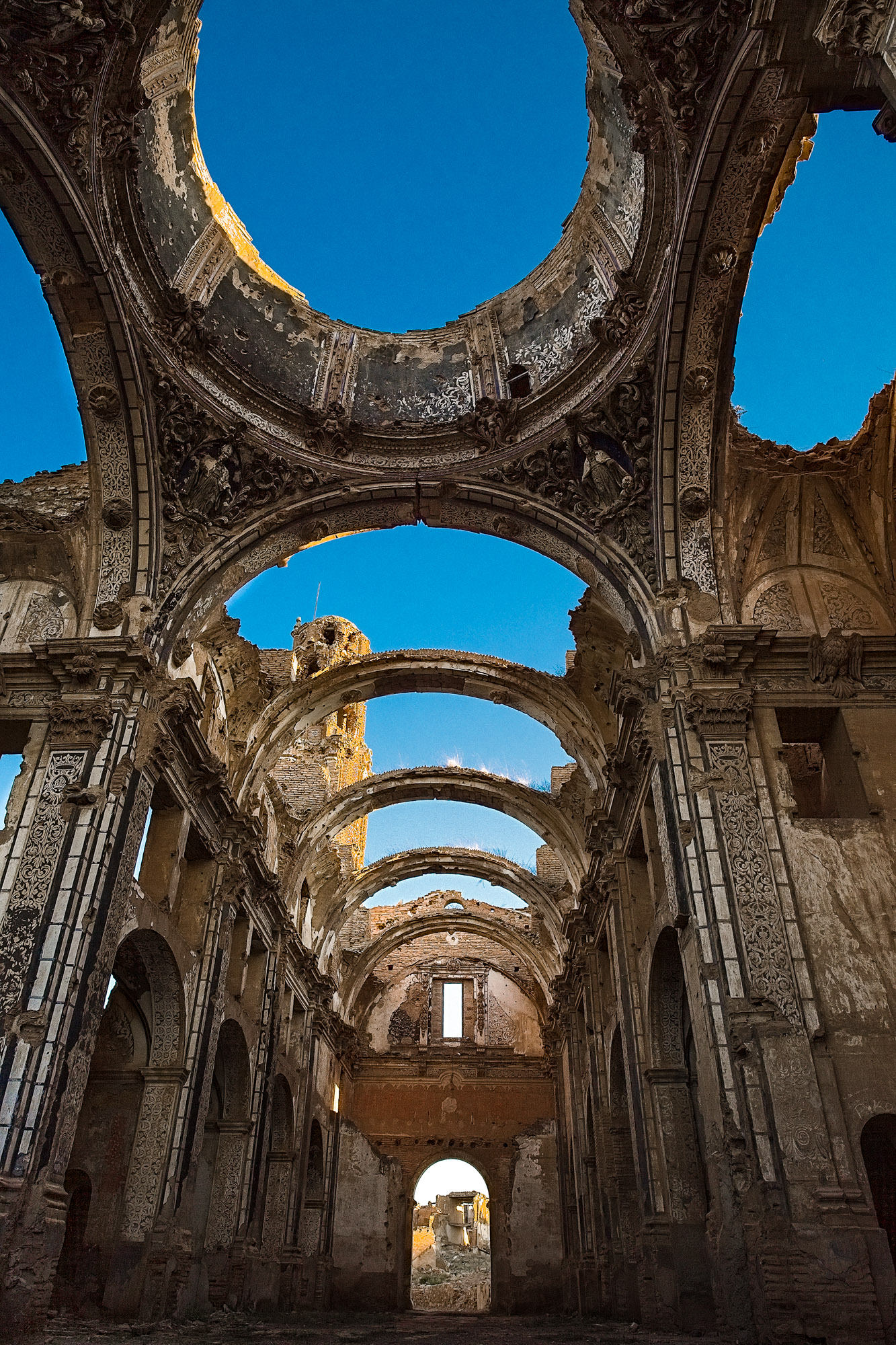THE PHOTOGRAPHER INTERVIEWS – LAURIE COHEN
By Team Think Orange
Q: Why do you choose photography as your artistic expression?
A: Using a camera became a visual diary of a family adventure at a young age, and I was instantly hooked by the combination of travel and the photographic medium in how to record it. Through trial and error, this little magic box would allow me to master light initially on black and white film, then colour slides, and now in digital format.
For me, photography is all about ideas and how to convey them. I cannot think a better way to express those ideas than combining my 2 favourite passions – photography and travel. Over the years I have been fortunate enough to have had amazing experiences in some of the most fascinating countries on the planet, and met many wonderful people along the way, including fellow photographers.
Photography has truly enriched my life.
Q: Of all the places you go for photography, which place is your favourite, and why?
A: They say that home is where the heart is, and I cannot think of anywhere I would like to shoot more than Jerusalem – the city of my birth. Maybe I am biased, but it is the only place where I feel such a deep connection to the land.
Home to the 3 monotheistic religions, the atmosphere has an air of spirituality like nowhere else and is a truly unique experience. Orthodox Jews, Christians and Muslims roam the 4 quarters of the Old City, and some of the most photogenic faces peer out from hooded individuals in religious garb.
Combine that with architecture dating back over 4,000 years, and you have a unique formula for environmental portraits and street photography – my preferred photographic genre.
Q: Show us a favourite photograph of a person, and describe the background story.
A: I chose this image of a man from Mandawa, India, but not necessarily because it is my favourite photograph of a person [I don’t think I have an actual favourite]. It is the type of portrait I do like to capture though. It has all the elements of what I constitute to be a good portrait – an interesting subject in a natural pose, warm directional lighting, deep shadows creating depth, a simple uncluttered background.
The main reason I like it is it reminds me of the day. The eve of the Holi festival, where there was a joyful, expectant atmosphere in the air. Sharing the day with one of my closest friends. We were both away from our children, on our own respective national holidays, yet we had each other for company. Photographing the beautiful people of India on a private photoshoot workshop. Experiences don’t get much better than this.
Q: What is the one technological advancement today, that you can’t imagine being without?
A: If I had to choose one technical advancement today that I couldn’t imagine being without, I would have to say that it would be the internet. It has rapidly transformed our world, and almost every aspect of my life.
From a photographer’s perspective, instantly accessible information, exposure of my work and other photographers on photo-sharing sites, marketing, company websites, equipment reviews, firmware updates, business transactions, and so much more.
Just like mobile phones, I really don’t know how we managed without them!
Q: Show us a favourite photograph of a place/landscape, and describe the background story.
A: One of the most emotional locations I have ever visited – the ruins of Belchite in deep Spain are a stark testament to the horrors of war. Caught on the frontlines of two opposing armies consisting of fascists, anarchists, socialists and communists during the Spanish civil war, the town of Belchite was so devastated that not long after it’s capture by the republicans, Ernest Hemingway visited the site and witnessed such devastation that he was not able to tell where the streets had been.
After 1939 a new town was built adjacent to the ruins of the old town, which remain untouched as a memorial to the war. The image of the cathedral does not represent the destruction of the town in its entirety, yet the haunting feeling of this place will always remind me of why lessons must be learned for future generations.
You can learn more about Laurie in his short biography on our main website. And to get another sense of Laurie as a photographer, check out his posts on the Faces of Israel, and the Blue Pearl of Morocco. You can join Laurie on one (or more!) of the Adventures he runs for Photo Workshop Adventures. Laurie visits Israel, Morocco, India, London, Provence, Greece, and Spain – where he currently lives.









